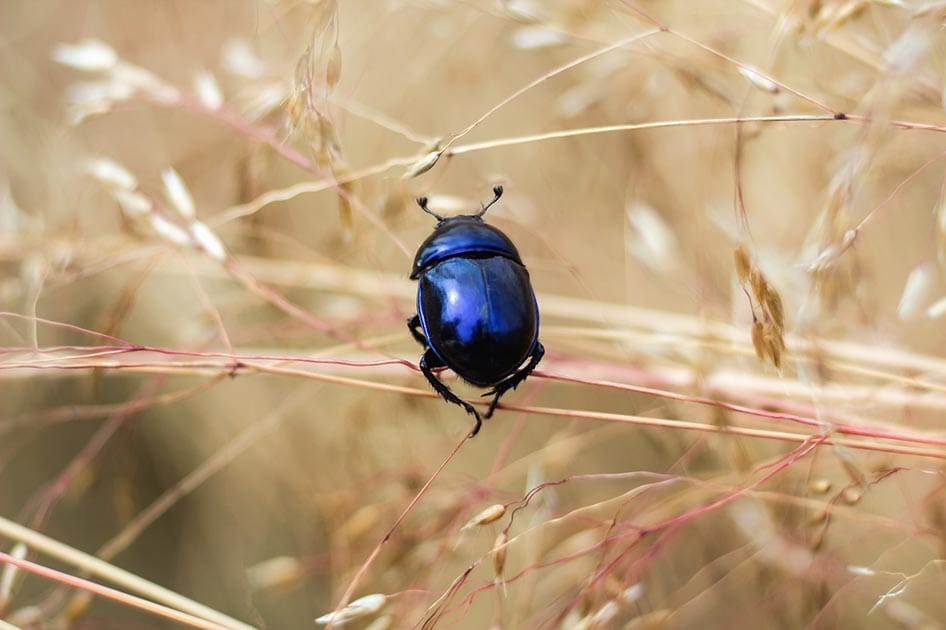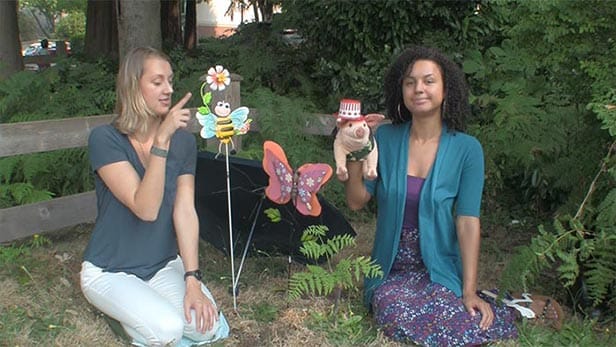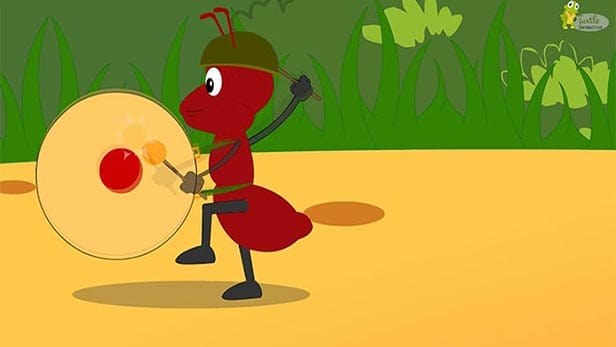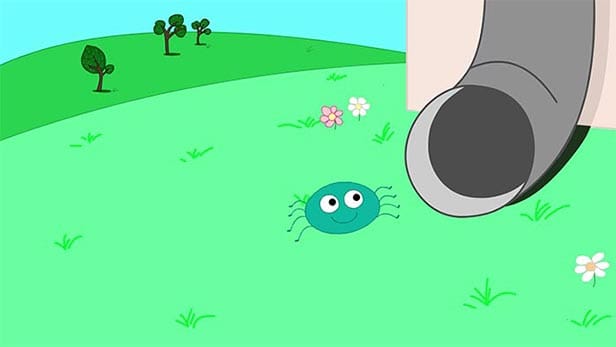Objectives
Practice listening to and saying some language phrases and vocabulary, on their own and in context.
- Bugs: worm, spider, snail, bee, butterfly, ladybug
- It is small. It is smaller.
- A ___ is smaller than a ____. It is bigger than a _____.
Video introduction
The video which was used for “Rainy Weather” lesson can be repeated, and students can identify some items in the video to review the last lesson, with teacher’s prompts.

Audio
The audio phrases are the target language. It is played 3 times. First time, just listen. Second time, listen and repeat. Third time, circle items on worksheet while they listen and repeat.

Bugs and Works Worksheet
The worksheet is to be used in 2 ways. First, the items on the top are to be circled while listening to the audio. Second, the bottom portion is to be filled out by each student. The bottom part can be shared with the class once complete, giving students an opportunity to talk about what they’ve made, using target language.
The Ants Go Marching Song
Students can listen to this song several times, and learn it so that they sing along to “The ants go marching one by one hurrah!”.
Itsy Bitsy Spider Song
This is a good song for listening to a few times, and identify some of the weather words to review last lesson.

Reading Time
The story book should be purchased ahead of time or borrowed from the library. Read the story to the students and ask the following questions.
- What bug is this book about?
DR (a spider) - What bug did the spider catch in her web?
DR (She caught a fly) - What bugs do we find in the garden?
DR We find (a worm, snail, bee, etc.) - What bug is bigger than a ladybug?
DR (a butterfly/a worm/a bee/a snail is bigger than a worm) - What bug is smaller than a butterfly?
DR (a bee/a ladybug is smaller than a butterfly)


